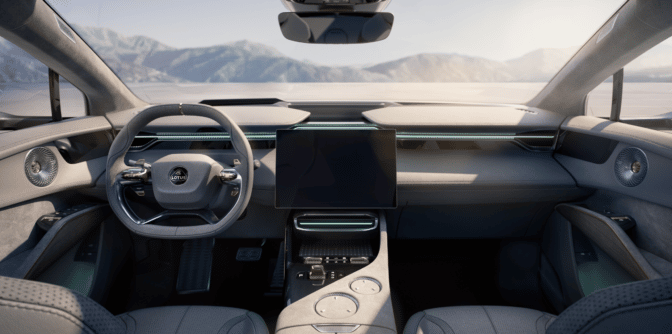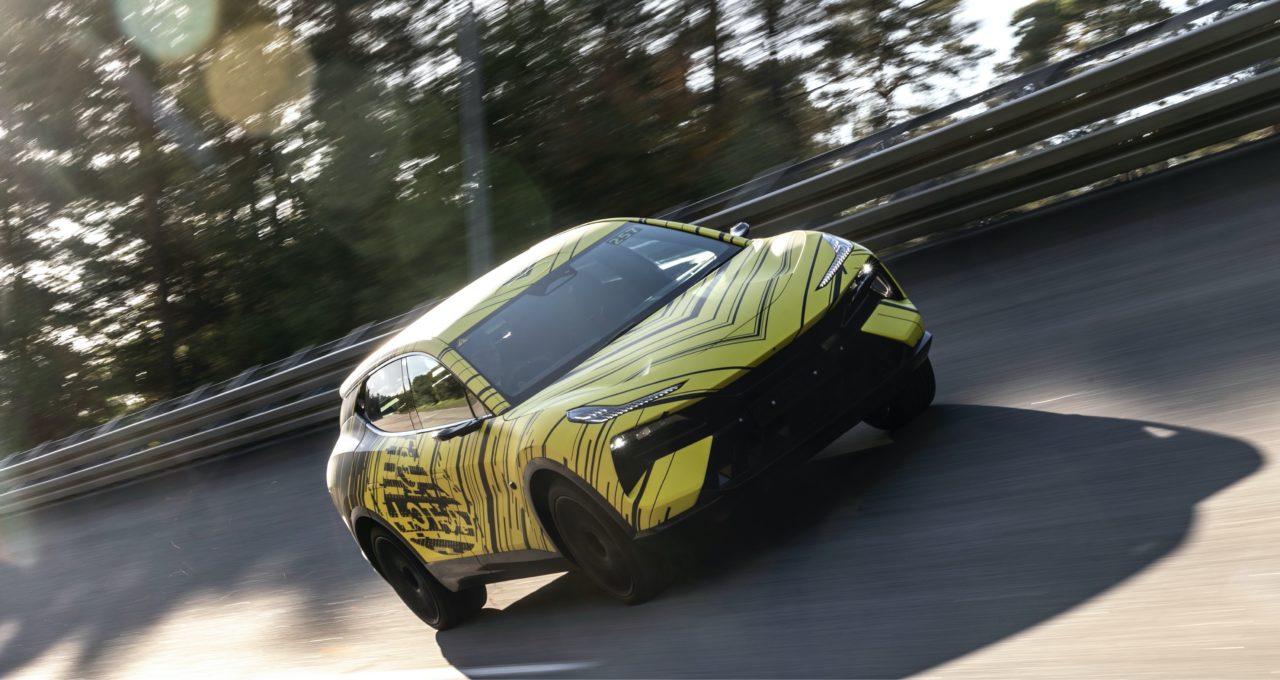One of the biggest names in racing is going even bigger.
Performance automaker Lotus launched its first SUV, the Eletre, earlier this week. The fully electric vehicle sacrifices little in terms of speed and outperforms when it comes to technology.
It features an immersive digital cockpit, lengthy battery range of up to 370 miles and autonomous-driving capabilities powered by the NVIDIA DRIVE Orin system-on-a-chip.
The Eletre’s autonomous-driving system is designed for more than easier commutes. Lotus plans to train the vehicle to complete the world-famous Nürburgring racetrack in Germany entirely on its own. Powered by Lotus Group autonomous driving platform ROBO Galaxy, Lotus is able to quickly iterate on deep neural network development to optimize the performance of the high-performance hardware system.
With a top speed of 165 miles per hour and an acceleration that starts at 0 to 62 mph in 4.5 seconds for the base trim — and can be as fast as 2.95 seconds for performance versions — this isn’t an average SUV.
Intelligent Performance
The Lotus Eletre thinks as fast as it drives.
It comes equipped with lidar to comprehensively perceive the surrounding environment. That driving data is processed by two DRIVE Orin systems-on-a-chip, for a total of 508 trillion operations per second of performance.
With this level of AI compute, the Eletre can run the deep neural networks and applications necessary for autonomous driving in real time, with additional headroom for new capabilities that can be added over the air.
Drivers of the performance Eletre S can sit back and enjoy the 23-speaker KEF premium audio system while the SUV’s intelligent-driving capabilities take over.

Eventually, they can fire all the proverbial cylinders of the 905 horsepower dual motor — and dual DRIVE Orin — and take the autonomous-driving system to the track.
Ahead of the Curve
Lotus is bringing its racing heritage into the software-defined era with the Eletre. This future is arriving in just months.
Customer deliveries will begin in China and Europe in the first half of next year, with expansion to North America and other global markets in 2024.
